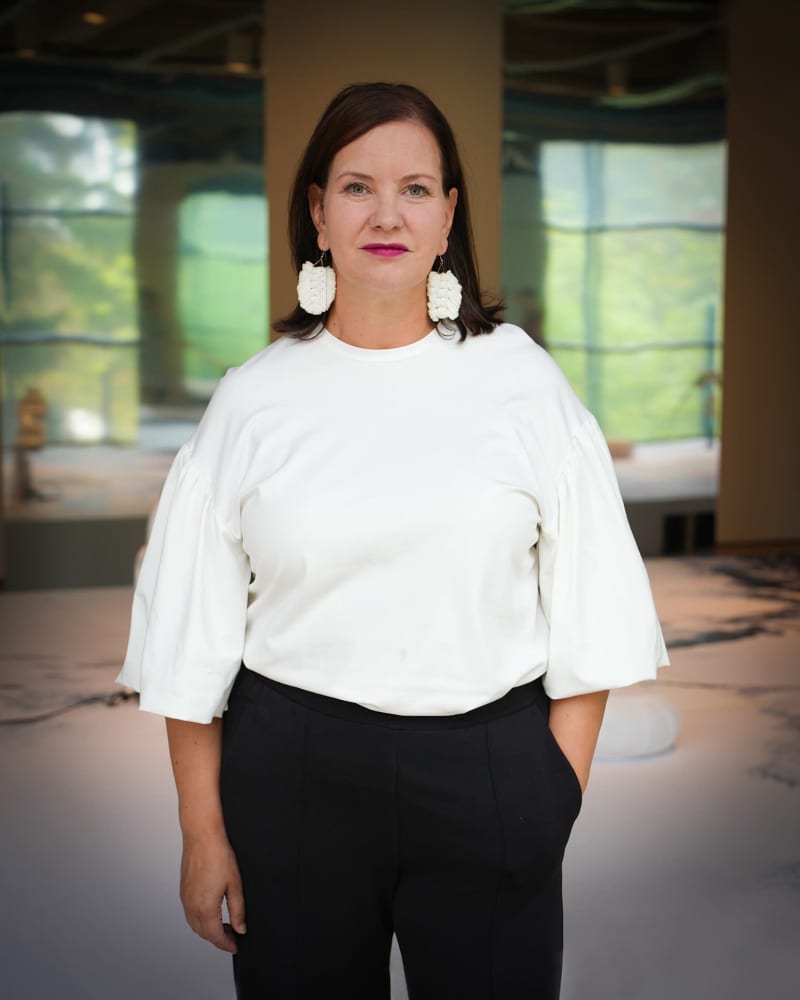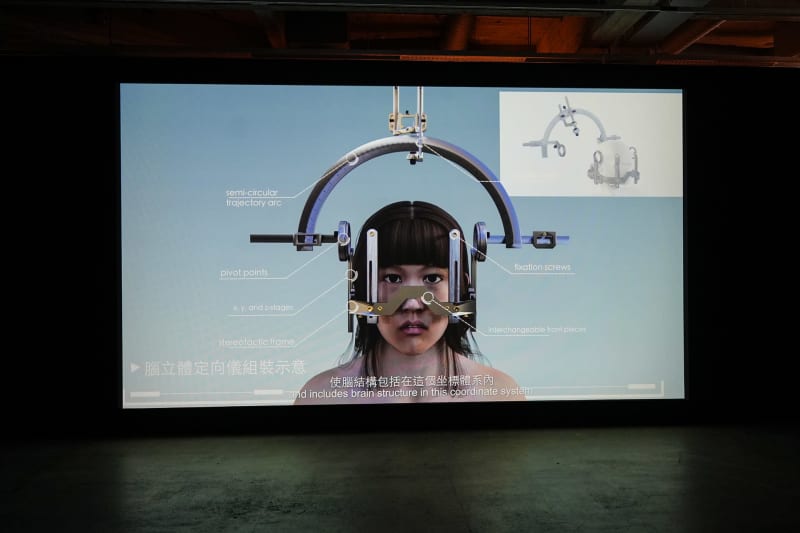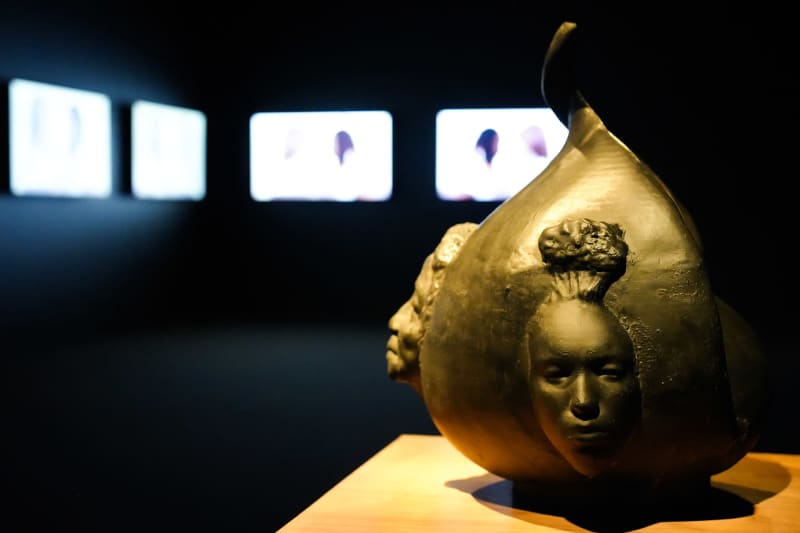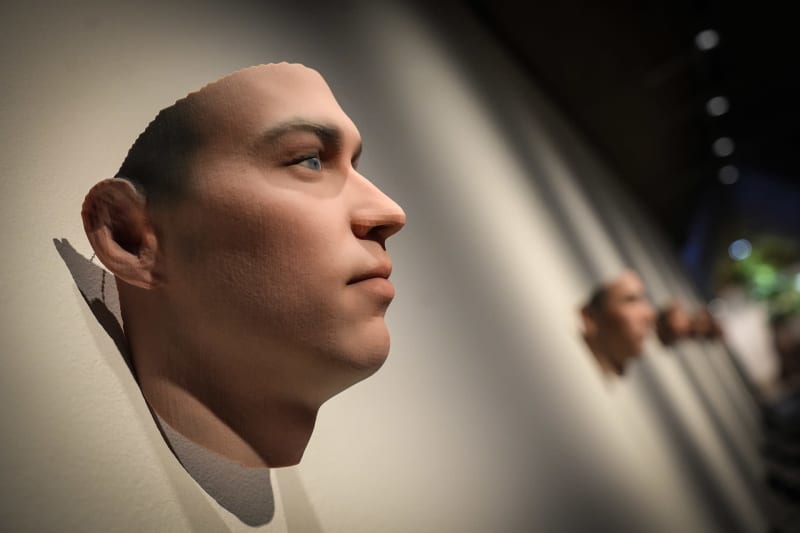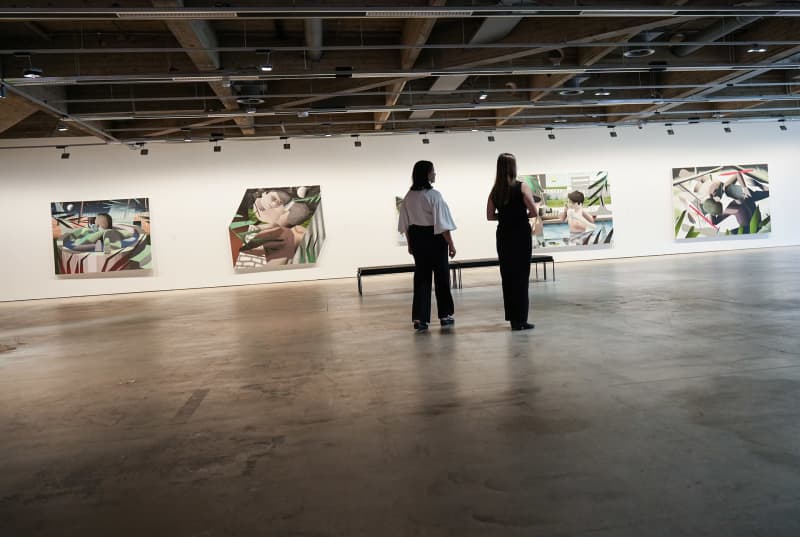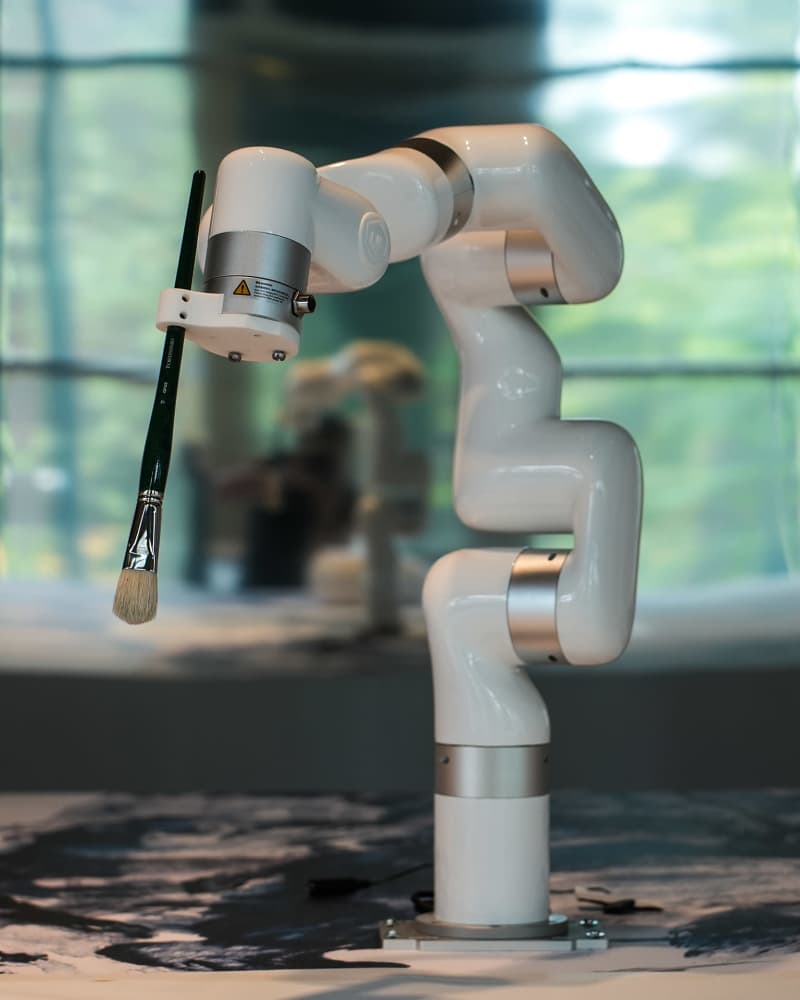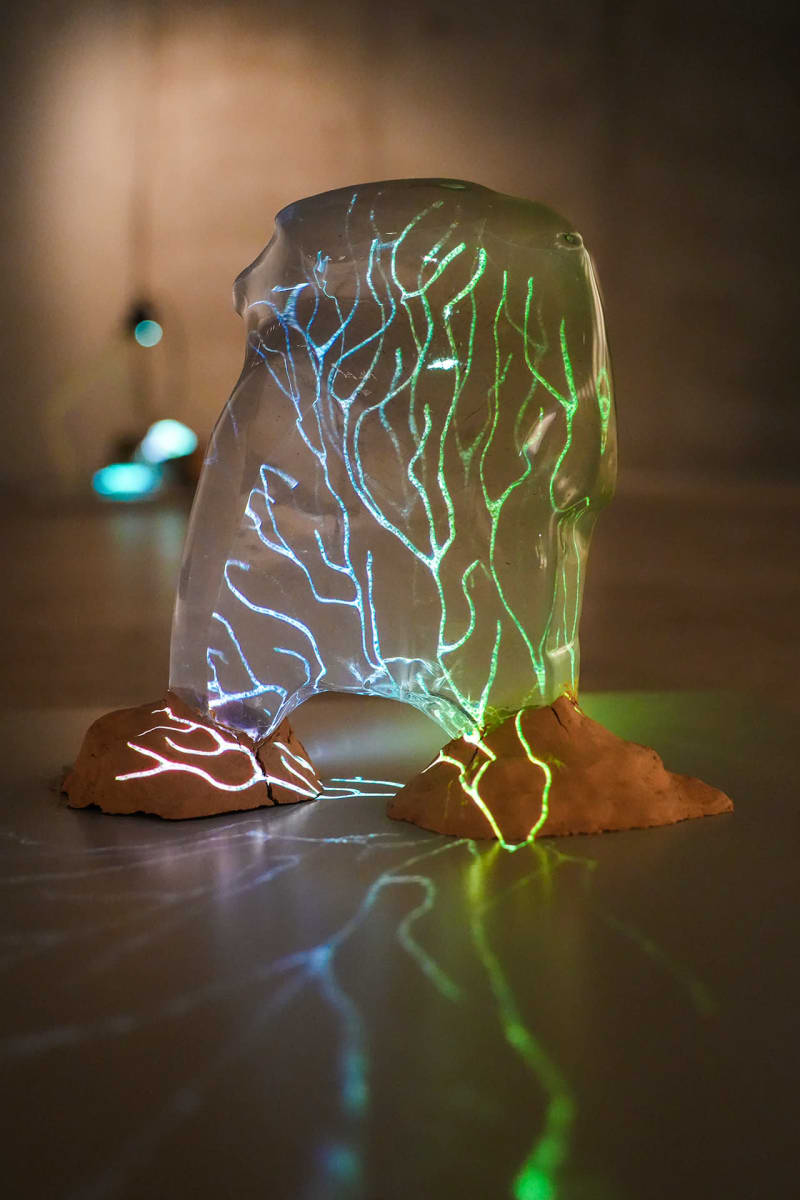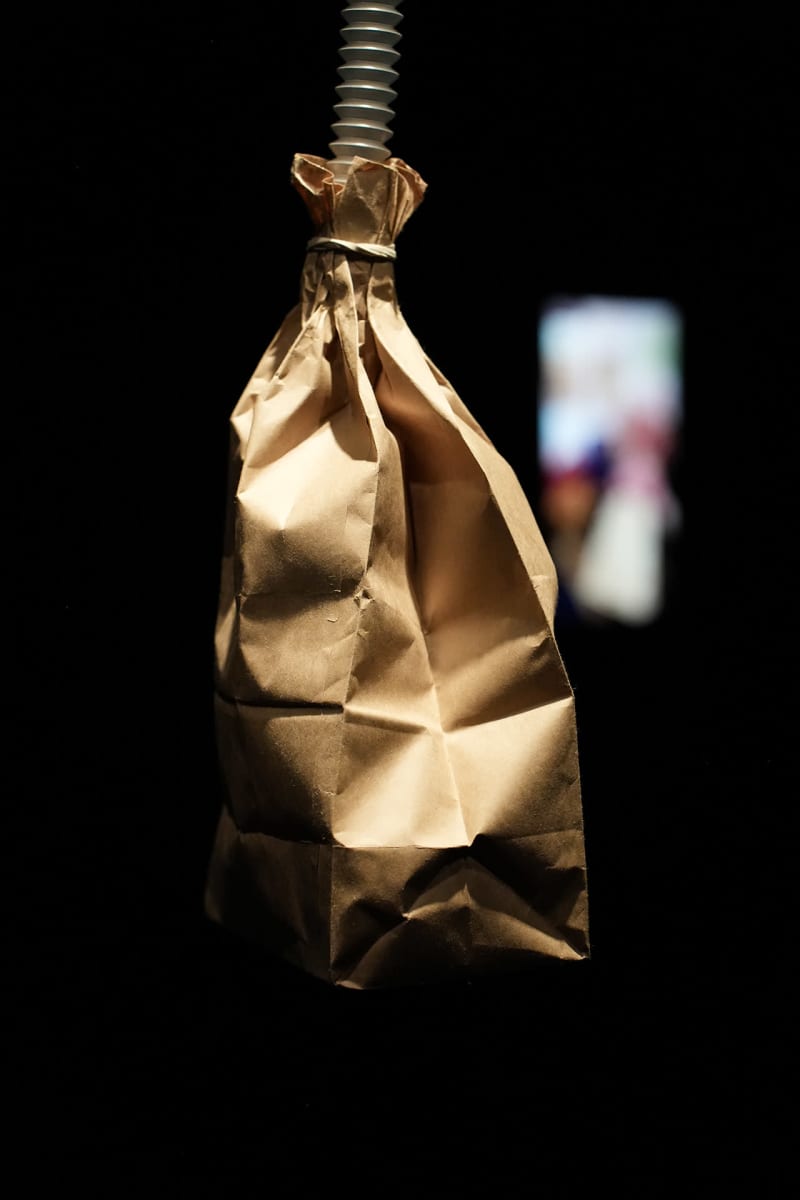Espoo’s modern art museum EMMA’s autumn exhibition focuses on art created with the help of technology and artificial intelligence. There is also a work by Artificial Intelligence Art Pioneer Refik Anadol.
First, we enter a space filled with gigantic close-ups of swirls, waves, and ramifications of fingerprints. Then the index finger is pressed (other fingers can also be used) on the sensor, which magnifies the visitor’s fingerprint on the wall by a couple of hundred times with the help of a microscope. At the same time, the visitor’s heart curve also appears on the wall.
– I think it is important that new technologies, such as artificial intelligence and virtual reality, are not only and only in the main role, but that technology is a tool that is used to deal with important and meaningful issues. And that with technology it is possible to express something that was not possible before, states Arja Miller.
Through scifi and video games to Google AI training
Artificial technology and organic nature are often perceived to be on a collision course with each other, but Refik Anadol, reached via video connection from Los Angeles, says that it is nature that inspires his artificial intelligence-based works.
– Our family’s summer home is located in eastern Turkey, where there are many forests. As a child, I often spent time with my family in such landscapes, and they have remained in my mind as beautiful, dreamlike memories.
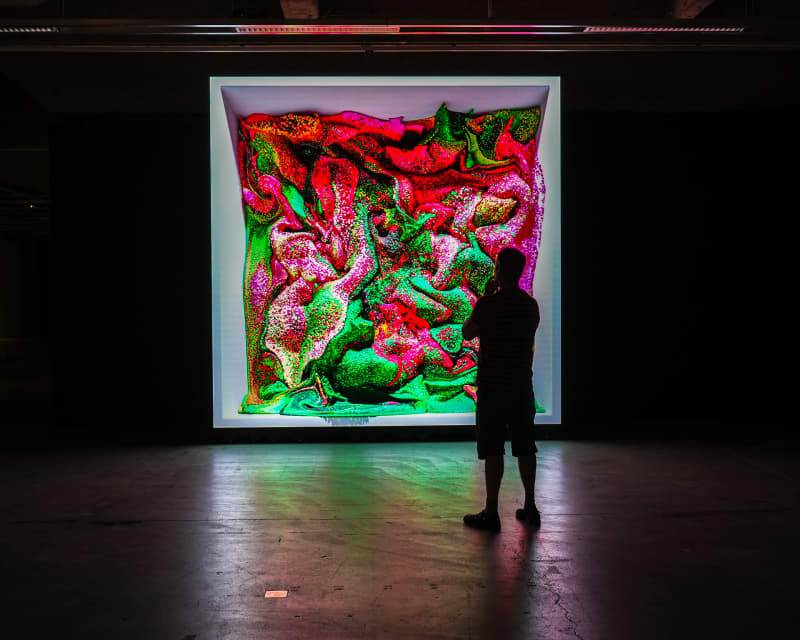
The year 2016 was significant for Refik Anadol: he was able to participate in the Artist and Machine Intelligence program launched by Google for artists, which was implemented for the first time at the time.
Currently, Anadol has its own studio and laboratory in Los Angeles, where new possibilities and uses of artificial intelligence in art are researched and developed. Anadol has launched, among other things, the term _data painting_.
– I have always been very interested in simulation, and it has become a great source of inspiration for my artistic work. I am especially inspired by the fact that machines and algorithms can make the invisible visible. The data and information flowing around us can take any form. Data can become pigment, and the algorithm can act as a brush that uses that pigment.
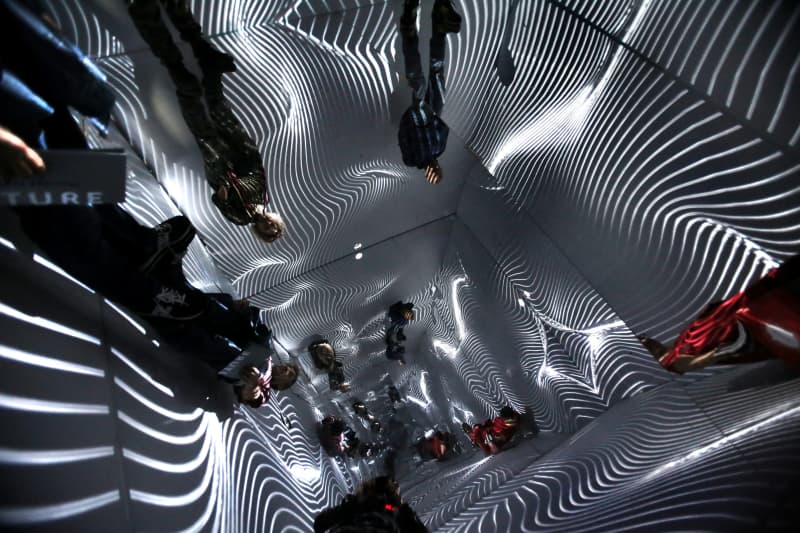
Artificial intelligence is a new inspiring universe
After several years of experiments, Refik Anadol has a very clear picture of the role of artificial intelligence in art making.
– I can’t paint or draw very well, but I have a lot of ideas and passion to create something new. When I work with artificial intelligence, I imagine that it is some kind of extension of both my body and my mind. It’s about cooperation with a machine that dreams and dreams.
In connection with an Anadolu project, a whopping 300 million nature images were downloaded for use by artificial intelligence: trees, lakes, mushrooms, plants. According to Anadol, the advantages of artificial intelligence in the creation process come to the fore when it comes to such a huge amount of information.
– Unlike a machine, of course I myself would not be able to remember the details contained in such a number of images. The machine, on the other hand, can bring all this information back to me, as a new feeling and idea. I feel that artificial intelligence has become a new inspiring universe for me, and at the same time also a new renaissance for the human mind.
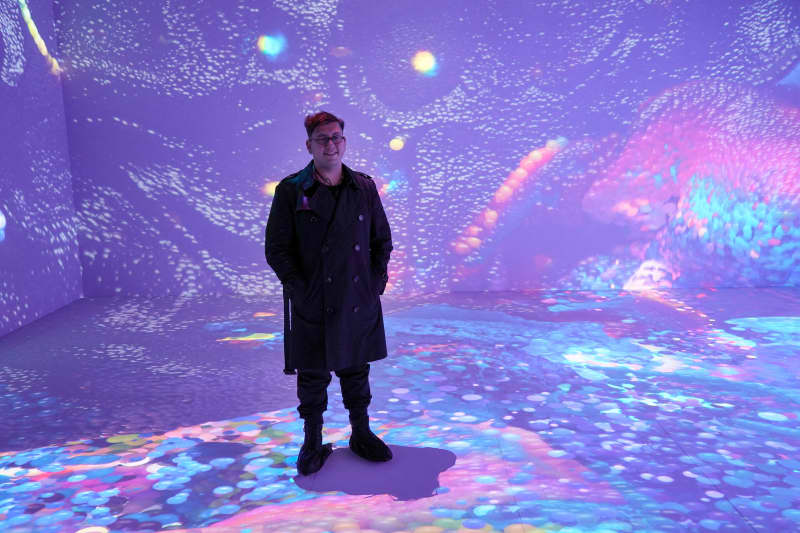
– I think that in the future machines will be able to modify and model the human mind to some extent. Algorithms already affect our free will: they decide what we buy, what we read and what we listen to.
But what about the role of the artist in the future? Will the machine and artificial intelligence do everything for the artist?
– The role of the artist does not change in any way with today’s technology: we ask questions about what will happen next and we observe people and society. I actually think that with technology and artificial intelligence, the role of the artist will become even better. Artists get tools that allow them to ask bigger questions and we understand ourselves even more deeply. Knowing who we really are is the starting point of everything.



